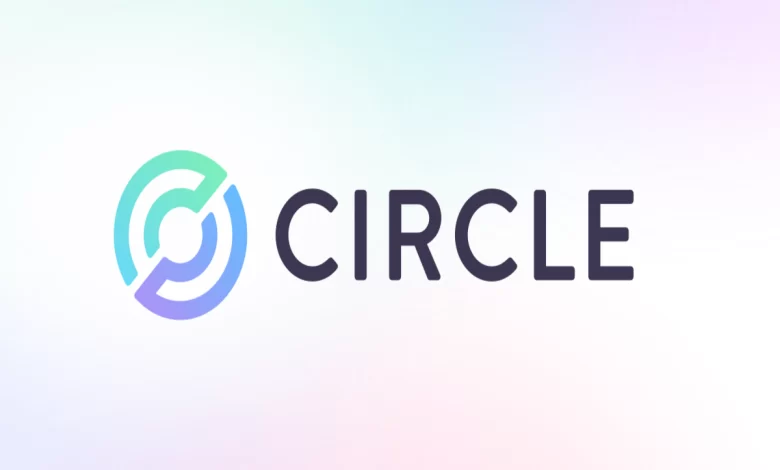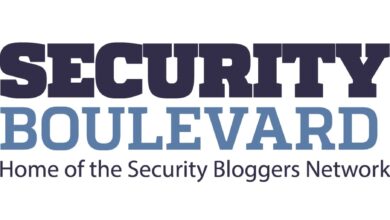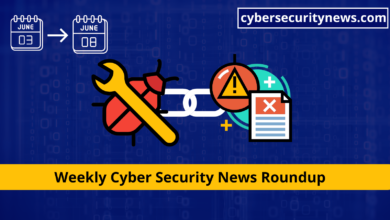Circle Passes SOC 2 Type 2 Cybersecurity Audit

Circle has completed a System and Organization Controls (SOC) 2 Type 2 audit. This audit follows the direction of the American Institute of Certified Public Accountants (AICPA) is evidence of the vigor of Circle’s security measures and commitment to the safety of client data.
Contrary to a SOC 2 Type 1 report that examines the design of security systems at a specific moment, the Type 2 audit gauges the effectiveness of these controls over time, providing a more comprehensive view of the data regime in which a company operates.
Marlys Rodgers, Circle’s Chief Information Security Officer, stressed that the success of the SOC 2 Type 2 audit is crucial in demonstrating the company’s dedication to maintaining the highest information security standards. According to Rodgers, this achievement gives customers and stakeholders a detailed perspective of Circle’s security measures and operational effectiveness.
Circle’s Continued Commitment to Security
The SOC 2 Type 2 assessment covered over 100 individual controls regarding security, confidentiality, and system availability. The success of this audit reconfirms Circle’s dedication to secure operations and helps strengthen its image and reliability among users and regulators.
In compliance with all these quality standards, Circle ensures all clients’ financial and personal data remain intact and secure.
Furthermore, the positive audit result also supports Circle’s strategic objective of seeking transparency and honesty in its operations.
Expansion and Regulatory Compliance
In addition, beyond its security gains, Circle is growing in terms of regulatory and operational footprint in the EU since it has elected France to be its MiCA regulatory and operational headquarters.
Such judgment follows the growth of France’s presence in the cryptocurrency industry, stimulated by a favorable policy climate and an advantageous tech sector. France’s authorities’ activities in crypto regulation and its active developer community make it a promising destination for Circle and other similar companies.
Concurrently, the company’s launch of smart contract functionality with BlackRock and its interoperability with Ethereum’s zkSync underlines its goal to integrate digital assets with traditional financial systems. As a result, these advancements add to the progression of the usefulness of Circle’s products, strengthening the incorporation of cryptocurrency technology in mainstream finance.
In addition, despite the discontinuance of USDC minting on the TRON blockchain, the company’s continued initiatives to grow its digital asset services point to a focus on risk management and platform integrity.
Read Also: Bitcoin’s Role in Crisis: Mike Novogratz Sounds Alarm on Debt



